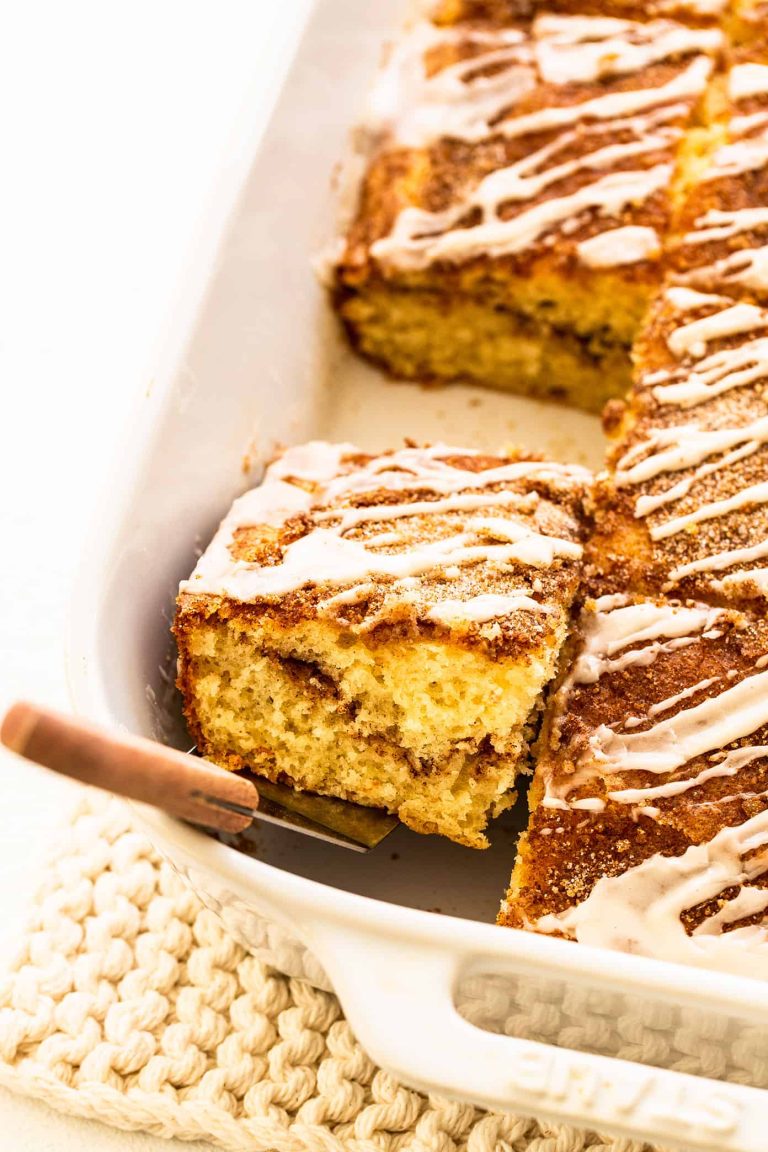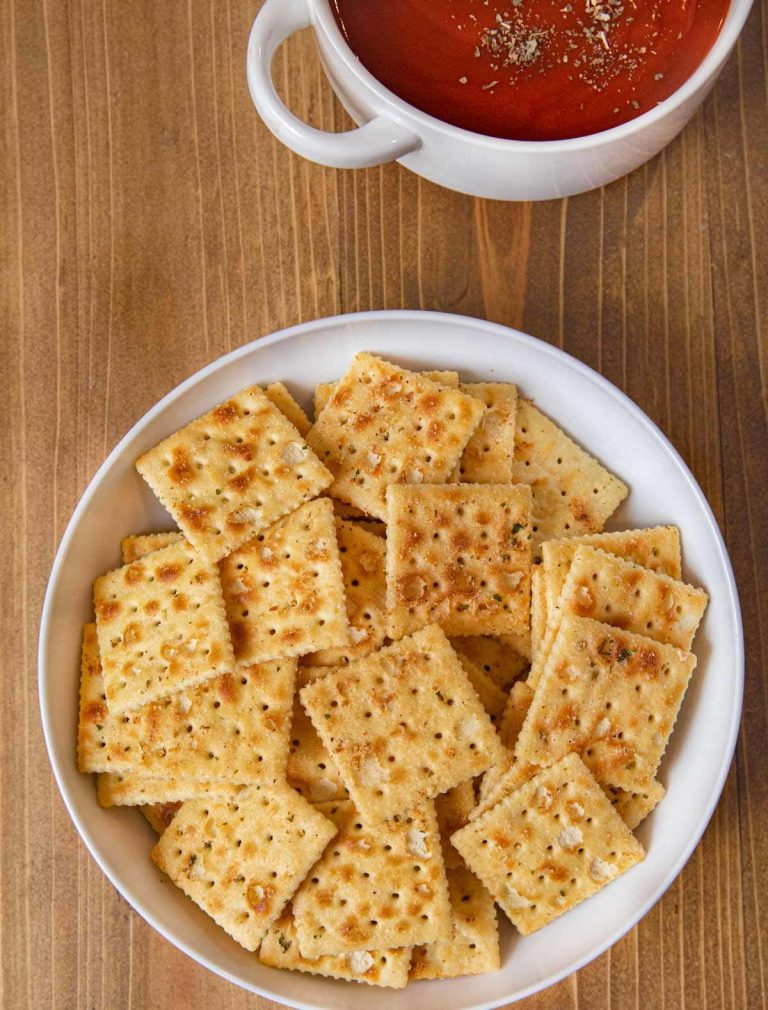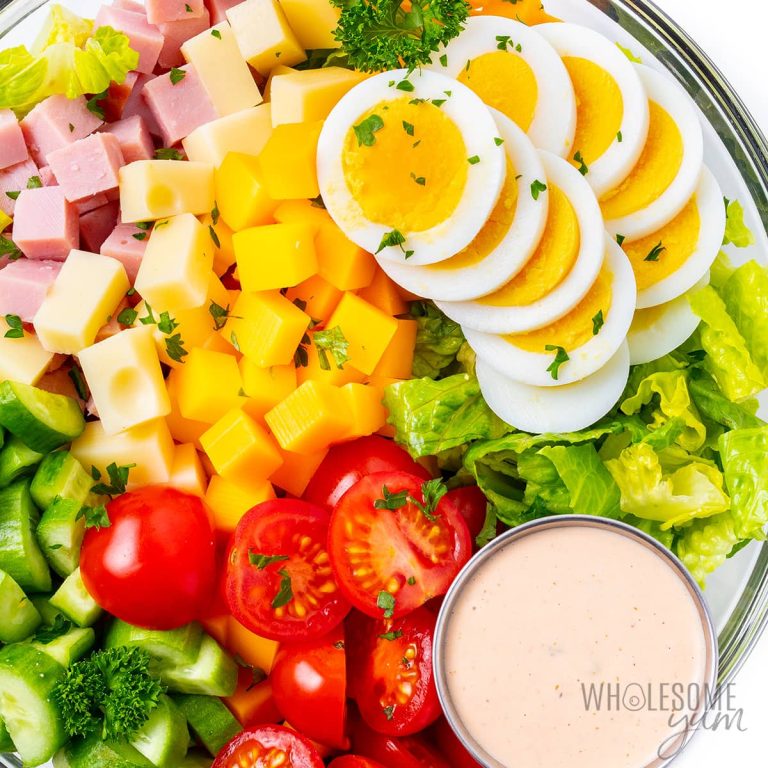Creamy Frosting: Tips, Techniques, and Best Pairings
Understanding different types of creamy frosting can elevate your baking. Classic buttercream, made with butter, sugar, and milk or cream, offers a rich and sweet flavor. Swiss meringue buttercream uses egg whites and sugar for a smoother, silkier texture. Italian meringue buttercream incorporates a hot sugar syrup, achieving a glossy finish. Cream cheese frosting combines cream cheese, butter, and powdered sugar, lending a tangy flavor ideal for red velvet or carrot cakes. Whipped cream frosting, made from heavy cream, sugar, and vanilla, provides a lighter, airy option.
Key Ingredients
Quality ingredients ensure your creamy frosting excels. Butter, either salted or unsalted, provides a rich foundation. Powdered sugar dissolves easily, giving your frosting smoothness. Cream cheese, with a high-fat content, enhances flavor and texture. Heavy cream or milk adjusts the frosting’s consistency. Incorporating vanilla extract or other flavorings like almond or lemon yields unique tastes. When making meringue-based frostings, using fresh, room-temperature egg whites delivers the best results. These components combined contribute to a perfect creamy frosting.
Techniques for Perfect Creamy Frosting
Choosing the Right Tools
Selecting appropriate tools ensures the frosting has the desired consistency and texture. Use a stand mixer with a paddle attachment for large batches, since it provides consistent mixing and reduces effort. For smaller amounts, a hand mixer offers more control and versatility. Rubber spatulas are essential for scraping the bowl and achieving even mixing of ingredients. A good-quality offset spatula allows for smoother and cleaner application onto cakes and cupcakes. Piping bags made of heavy-duty plastic or reusable fabric tubes provide precision for decorative patterns and details.
Mixing Methods
Proper mixing techniques impact the texture and creaminess of the frosting. Start by beating butter or cream cheese at room temperature until it’s soft and fluffy. Gradually add powdered sugar to avoid lumps, mixing on low speed initially, then increasing to medium. For meringue-based frostings, like Swiss or Italian meringue buttercream, whip egg whites and sugar until stiff peaks form, then slowly incorporate softened butter. In cream cheese frosting, blend cream cheese and butter thoroughly before adding sugar to ensure smooth integration. For whipped cream frosting, chill all tools and cream to maintain stability and avoid deflation during mixing.
Popular Creamy Frosting Flavors
Vanilla Buttercream
Vanilla buttercream offers a classic flavor and a smooth, creamy texture. This frosting usually combines butter, powdered sugar, vanilla extract, and a small amount of milk or cream. To make it, beat softened butter until it’s fluffy, then add powdered sugar gradually. Incorporate vanilla extract and milk to achieve a creamy consistency.
- Ingredients: Butter, powdered sugar, vanilla extract, milk or cream
- Texture: Smooth, fluffy
- Ideal For: Cakes, cupcakes, cookies
Vanilla buttercream pairs well with various cake flavors, such as chocolate, vanilla, and red velvet. Customize it by adding food coloring for themed desserts.
Chocolate Ganache
Chocolate ganache delivers a rich, decadent taste loved by many. This frosting consists of chocolate and heavy cream, creating a glossy finish and a silky texture. To prepare it, heat heavy cream until it simmers, then pour it over chopped chocolate. Stir until smooth and let it cool to thicken.
- Ingredients: Chocolate, heavy cream
- Texture: Silky, glossy
- Ideal For: Layer cakes, drips, fillings
Chocolate ganache complements cakes like chocolate, coffee, and raspberry. Use it as a base for truffles or whip it to create a lighter texture perfect for frosting.
Usage Recommendations
Best Cakes for Creamy Frosting
Creamy frosting enhances a variety of cakes. Vanilla cakes pair well with almost any creamy frosting flavor due to their neutral profile. Chocolate cakes benefit from buttercream or cream cheese frosting because their rich flavors complement the cake’s depth. Red velvet cakes, popular for their vibrant color and mild cocoa flavor, work best with cream cheese frosting for its tangy contrast.
For specific examples, consider carrot cakes topped with cream cheese frosting. This combination balances the cake’s sweetness with the frosting’s slight acidity. Lemon cakes with a lemon buttercream frosting provide a perfect harmony between tart and sweet flavors. If you’re looking for a decadent treat, a chocolate ganache spread over flourless chocolate cake delivers an intense chocolate experience.
Creative Decorating Tips
Creative decorating transforms a simple cake into a stunning centerpiece. Use a piping bag fitted with various tips to create intricate designs like rosettes, stars, and borders. For a smooth and professional finish, use a cake scraper to evenly spread the frosting, ensuring a flawless surface.
Incorporate edible decorations like sprinkles, chocolate shavings, and fruit slices for added texture and visual appeal. If using flowers, ensure they are edible or food-safe to avoid contamination. To craft multi-layered cakes, apply a thin layer of frosting, known as a crumb coat, before adding the final layer to seal in crumbs and create a polished look.
Experiment with color by blending different food coloring gels into your frosting. Ombre effects can be achieved by gradually combining varying shades of frosting from dark to light. If you prefer a more natural approach, consider using freeze-dried fruit powders and natural extracts to tint your frosting without artificial additives.
Storing and Handling Creamy Frosting
Shelf Life
Creamy frosting typically lasts 3-5 days when stored correctly in an airtight container. If you refrigerate the frosting, ensure it’s in a sealed container to prevent absorbing odors from other foods. The low temperature maintains its texture and prevents spoilage. For longer storage, freeze your frosting for up to 3 months. Thaw it in the refrigerator overnight before use. Always check for changes in texture or color to confirm freshness.
Best Practices for Freshness
To keep your creamy frosting at its best, always start with fresh, high-quality ingredients. Store it in a cool, dry place to maintain its consistency. When handling the frosting, use clean utensils to avoid contamination. If reusing, whisk the frosting to restore its creamy texture. For decorated cakes or cupcakes, keep them covered to protect the frosting from drying out. These steps ensure your frosting stays delicious and visually appealing.
Conclusion
Mastering the art of creamy frosting can elevate your homemade cakes and cupcakes to new heights. By experimenting with different types and flavors, you can customize your creations to suit any occasion or taste preference. Remember to store and handle your frosting properly to maintain its freshness and visual appeal. With the right techniques and a bit of creativity, your desserts will not only taste incredible but also look stunning. Keep honing your skills, and soon you’ll be impressing friends and family with your delightful, creamy frosting masterpieces.






